Breast cancer is a disease that affects both men and women, but it is more common in women. Breast cancer screening is a critical tool for detecting breast cancer early. Screening can help identify breast cancer in its early stages, before symptoms appear, which can increase the chances of successful treatment.
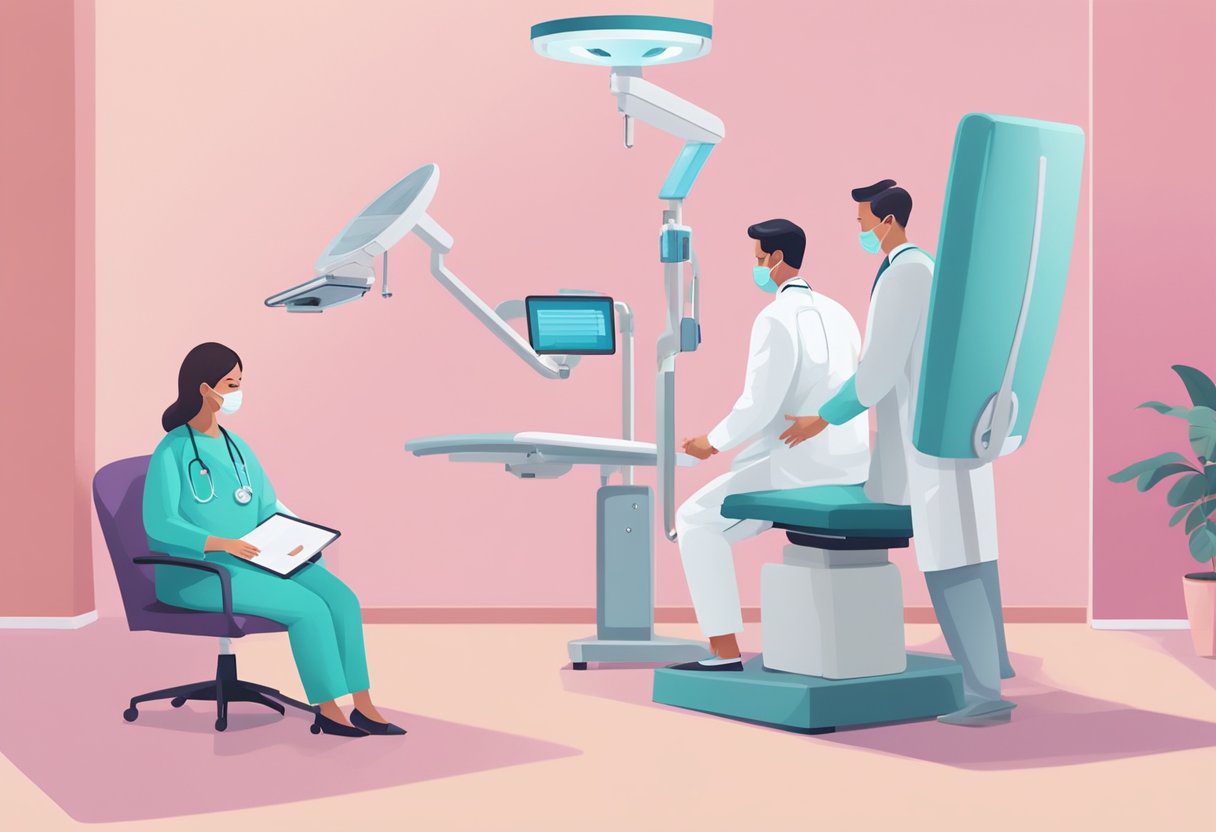
Breast cancer screening involves a range of tests and procedures designed to detect breast cancer in its early stages. These tests can include mammograms, clinical breast exams, and breast self-exams. Screening guidelines can vary depending on a person’s age, gender, and other factors.
Most experts recommend that women start getting mammograms at age 40 and continue to get them every one to two years.
Key Takeaways
- Breast cancer screening is an important tool for detecting breast cancer early.
- Screening can include mammograms, clinical breast exams, and breast self-exams.
- Most experts recommend that women start getting mammograms at age 40 and continue to get them every one to two years.
Understanding Breast Cancer
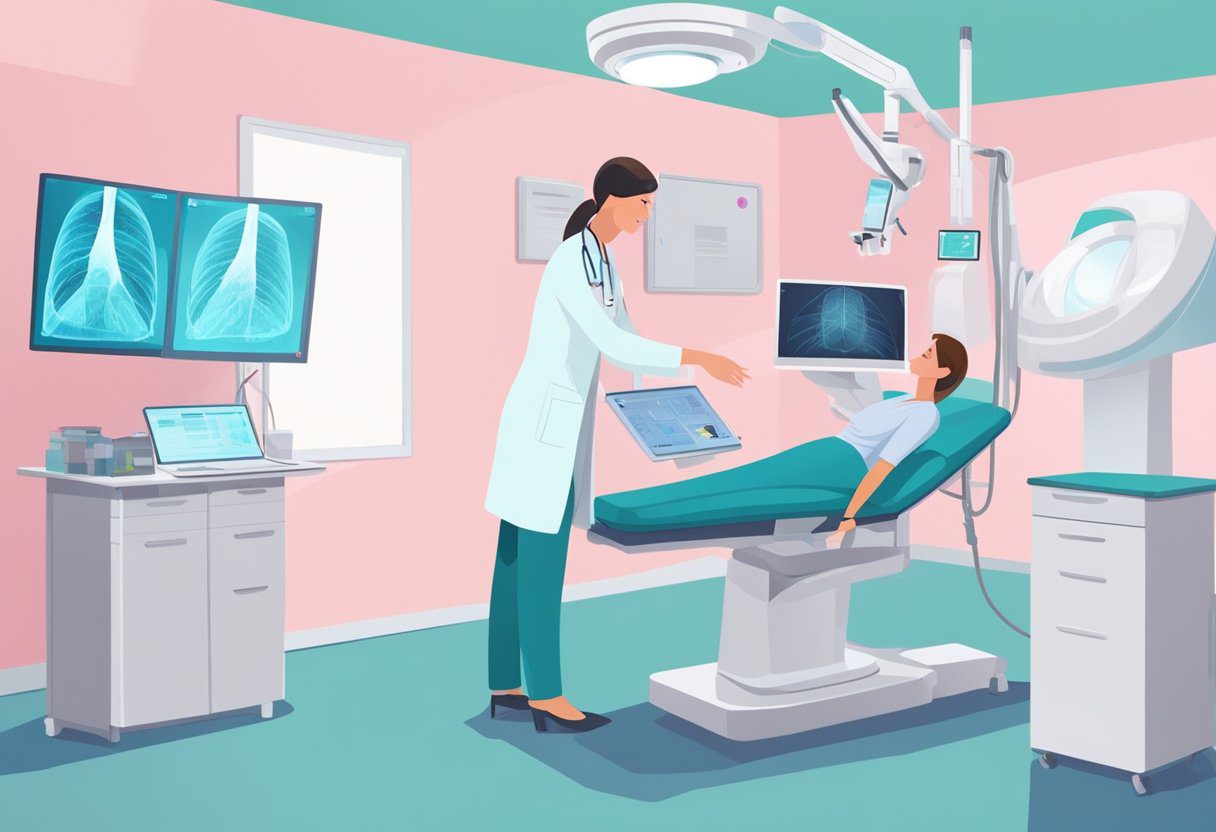
Breast cancer is a type of cancer that develops in the cells of the breast. It is one of the most common cancers in women, but it can also affect men. In the United States, breast cancer is the second most common cancer in women, after skin cancer.
Definition and Prevalence
Breast cancer is a disease in which cancerous cells form in the tissues of the breast. It can occur in both men and women, but it is more common in women. According to the American Cancer Society, about 1 in 8 women in the United States will develop invasive breast cancer during their lifetime.
Signs and Symptoms
The most common symptom of breast cancer is a new lump or mass in the breast. Other symptoms may include swelling, skin irritation or dimpling, breast pain, nipple pain or discharge, or a change in breast size or shape. It is important to note that not all lumps are cancerous, but any changes in the breast should be checked by a doctor.
Risk Factors and Genetics
Several risk factors have been identified for breast cancer, including age, gender, family history, and genetics. Women over the age of 50 are at a higher risk of developing breast cancer. Women with a family history of breast cancer, especially if the cancer occurred in a close relative before menopause, are also at a higher risk.
In some cases, breast cancer can be caused by mutations in the BRCA1 and BRCA2 genes. These genes normally help to prevent cancer by producing proteins that help to suppress tumor growth. Mutations in these genes can increase the risk of developing breast cancer and other types of cancer. Genetic testing can help to identify individuals who may be at a higher risk of developing breast cancer due to these mutations.
Screening Methods
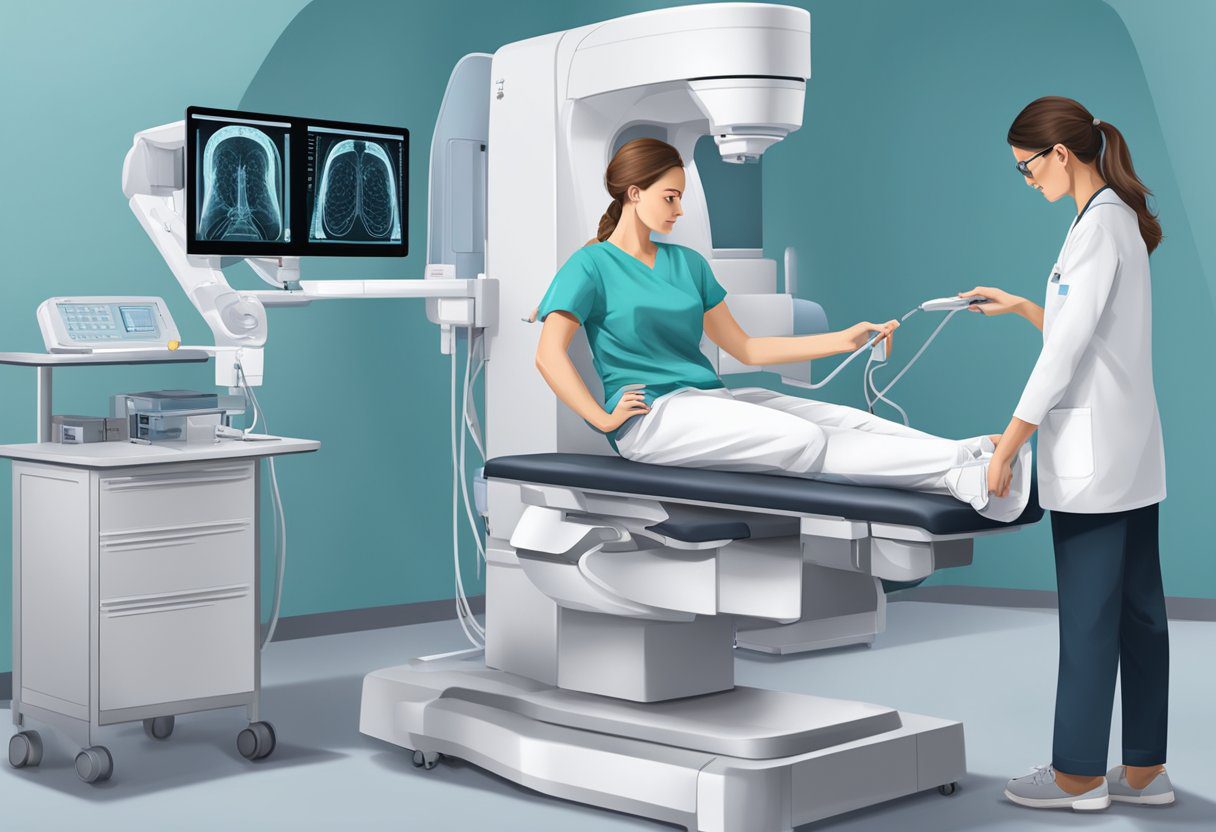
Breast cancer screening is the process of detecting breast cancer in its early stages before any symptoms appear. There are several screening methods available, including mammography, clinical breast exam, breast MRI, and breast ultrasound.
Mammography
Mammography is the most common screening method used to detect breast cancer. It is a low-dose X-ray that produces images of the breast tissue. According to the National Breast Cancer Foundation, women aged 40 and above should have a mammogram every one to two years. Mammography can detect small tumors that are not yet palpable, making it an effective screening tool for early detection of breast cancer.
Clinical Breast Exam
A healthcare professional performs a clinical breast exam to check the breasts for lumps or other abnormalities. The exam is usually done in combination with mammography. According to the American Cancer Society, women in their 20s and 30s should have a clinical breast exam every three years, while women aged 40 and above should have it annually.
Breast MRI
Breast MRI is a screening tool that uses magnets and radio waves to produce detailed images of the breast tissue. It is usually recommended for women who have a high risk of developing breast cancer due to their family history or genetic mutations. According to NCBI Bookshelf, breast MRI can detect small tumors that may not be visible on mammography or ultrasound.
Breast Ultrasound
Breast ultrasound uses high-frequency sound waves to produce images of the breast tissue. It is usually used to investigate abnormalities detected on mammography or clinical breast exam. According to the Centers for Disease Control and Prevention, breast ultrasound is not recommended as a screening tool for breast cancer, but rather as a supplemental tool for women with dense breast tissue or those at high risk for breast cancer.
Screening Guidelines
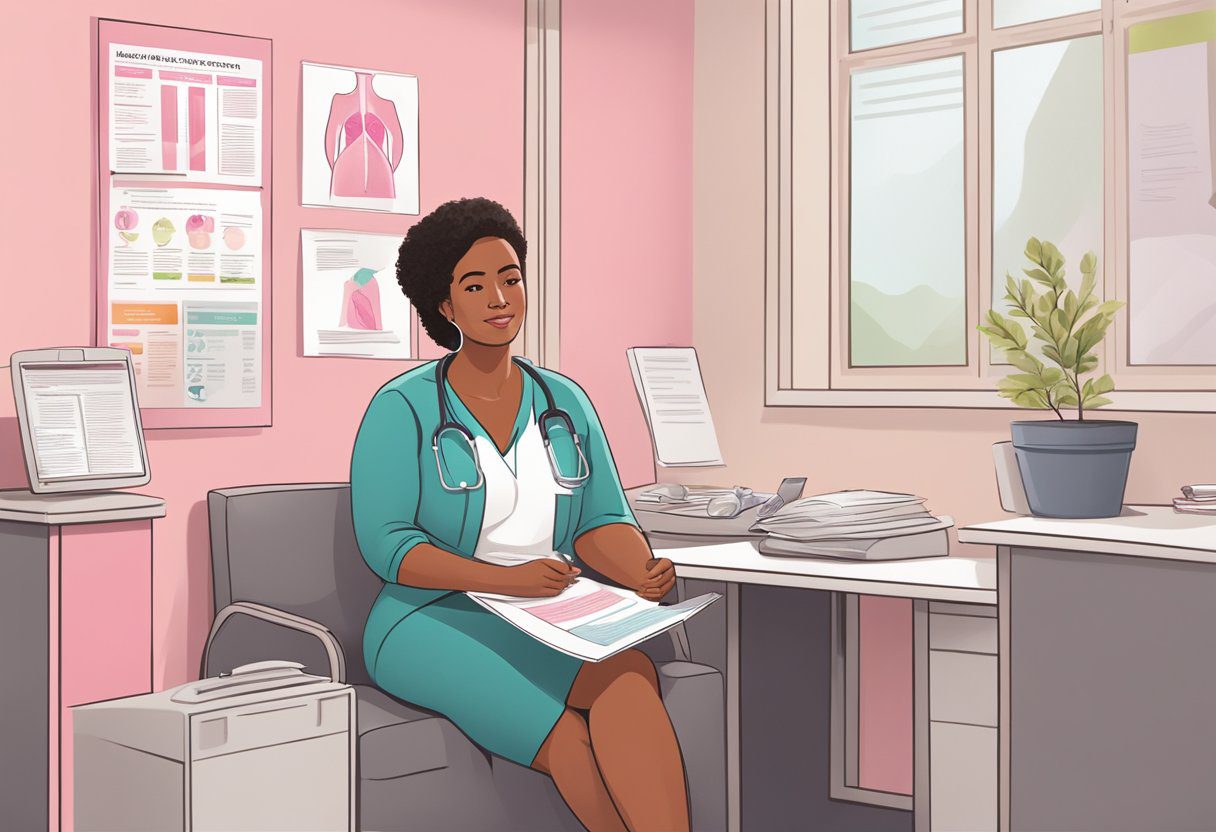
Breast cancer is a common cancer among women worldwide. Early detection is crucial in improving the chances of successful treatment. The American Cancer Society (ACS) recommends that women at average risk of breast cancer should start getting annual mammograms at age 45 and continue until age 54. After that, they can switch to mammograms every two years, or they can continue yearly screening if they prefer.
Age-Based Recommendations
Women aged 40 to 44 may choose to start annual mammograms if they wish to do so. Women aged 55 and older should continue with mammograms every two years or switch to yearly screening if they prefer. The ACS also recommends that women continue with breast cancer screening as long as they are in good health and expected to live for at least another 10 years.
High-Risk Populations
Women at high risk of breast cancer, such as those with a family history of breast or ovarian cancer, may need to start screening earlier than age 45 and get screened more often. The ACS recommends that women with a higher risk of breast cancer should talk to their doctor about when to start getting mammograms and how often to get them.
The American College of Radiology (ACR) has updated its breast cancer screening guidelines to call for all women, particularly Black and Ashkenazi Jewish women, to have risk assessment by age 25 to determine if screening earlier than age 40 is needed. The ACR also recommends that women with a higher risk of breast cancer should get annual screening with MRI in addition to mammograms.
Benefits and Risks of Screening
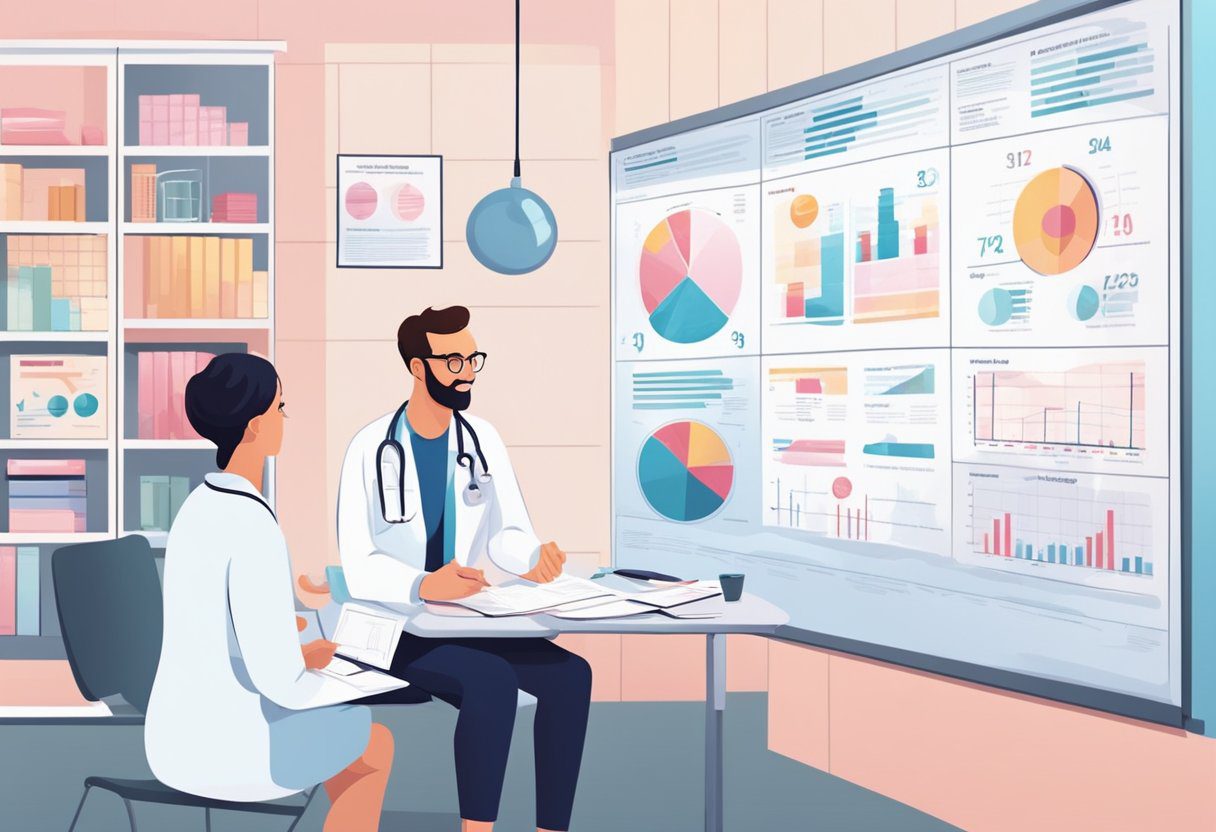
Breast cancer screening aims to detect cancer early, before it has a chance to spread and become more difficult to treat. However, like any medical test or procedure, breast cancer screening has both potential benefits and risks.
Early Detection and Survival
One of the main benefits of breast cancer screening is early detection. According to the National Cancer Institute, mammography can detect breast cancer up to two years before a lump can be felt. Early detection can lead to earlier treatment, which can improve a woman’s chances of survival.
Potential Harms and Overdiagnosis
While breast cancer screening has benefits, it also has potential harms. One of the main harms is overdiagnosis, which occurs when a screening test detects a cancer that would never have caused symptoms or become life-threatening. Overdiagnosis can lead to overtreatment, which can cause unnecessary harm and expense.
Another potential harm of breast cancer screening is false-positive results, which occur when a screening test suggests that cancer may be present when it is not. False-positive results can cause anxiety and lead to additional testing and procedures that may be unnecessary.
Additional Considerations
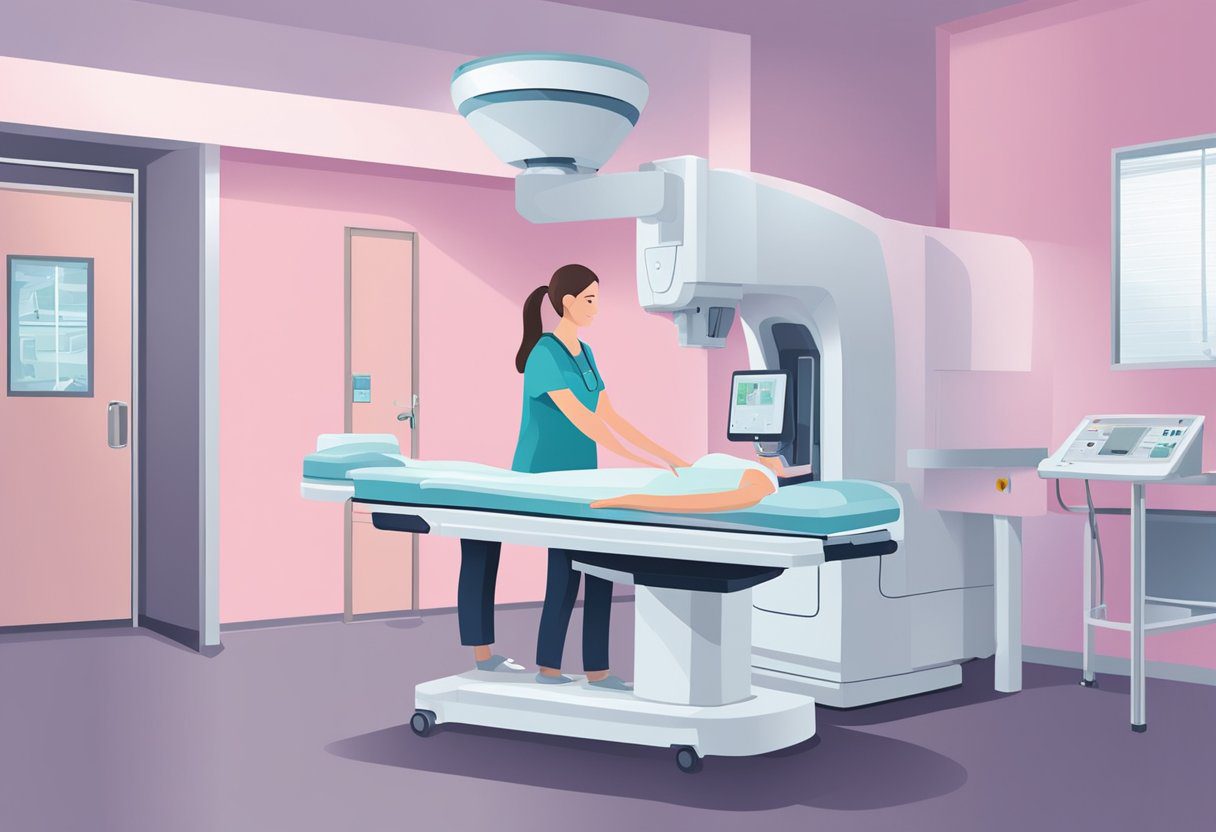
Breast cancer screening is an important tool for detecting breast cancer early, but there are additional considerations that should be taken into account when deciding on a screening strategy.
Dense Breasts and Screening Challenges
Women with dense breasts may face additional challenges when it comes to breast cancer screening. Dense breast tissue can make it more difficult to detect breast cancer on a mammogram, as the dense tissue can appear white on the mammogram, which is also the color of potential tumors. As a result, women with dense breasts may need additional screening tests, such as ultrasound or MRI, to help detect breast cancer.
Screening in Men
While breast cancer is more common in women, men can also develop breast cancer. Men with a family history of breast cancer or certain genetic mutations may be at higher risk for breast cancer and may benefit from screening.
The American Cancer Society recommends that men with a higher risk of breast cancer, such as those with a family history of the disease, talk to their doctor about their screening options. Men with an average risk of breast cancer should discuss screening with their doctor to determine when to begin screening and how often to be screened.
Overall, breast cancer screening is an important tool in the fight against breast cancer. Women with dense breasts or men with a family history of breast cancer may face additional screening challenges, but there are screening options available to help detect breast cancer early.
Navigating Health Care
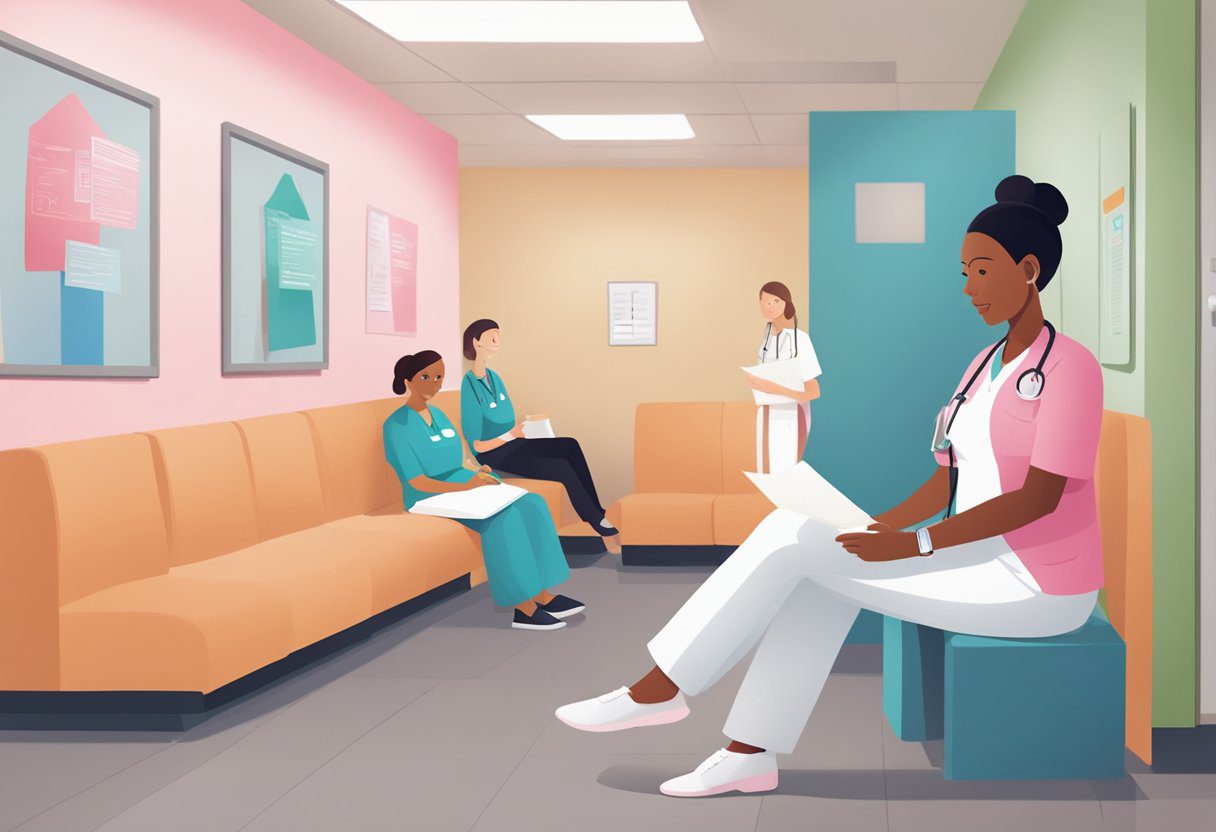
Breast cancer screening can be a stressful and confusing process for many women. However, understanding the basics of navigating health care can help make the process much smoother. In this section, we will discuss some tips for talking to your health care provider and navigating insurance and screening coverage.
Talking to Your Health Care Provider
One of the most important steps in navigating health care is to communicate effectively with your health care provider. When it comes to breast cancer screening, it is important to discuss your personal and family history of breast cancer, as well as any symptoms you may be experiencing.
Be sure to ask any questions you may have about the screening process, including what type of screening is recommended for your age and risk level.
It is also important to discuss any concerns you may have about the screening process, such as anxiety or discomfort. Your health care provider can help address these concerns and provide support throughout the screening process.
Insurance and Screening Coverage
Navigating insurance and screening coverage can be a complex process. In the United States, insurance plans are required to cover breast cancer screening for women over the age of 50. However, coverage for women under the age of 50 may vary depending on the insurance plan.
It is important to check with your insurance plan to understand what breast cancer screening services are covered and what out-of-pocket costs you may be responsible for. Some insurance plans may require a referral from your primary care physician for screening services, so be sure to check with your health care provider and insurance plan to understand any requirements.
Advancements in Screening Technology
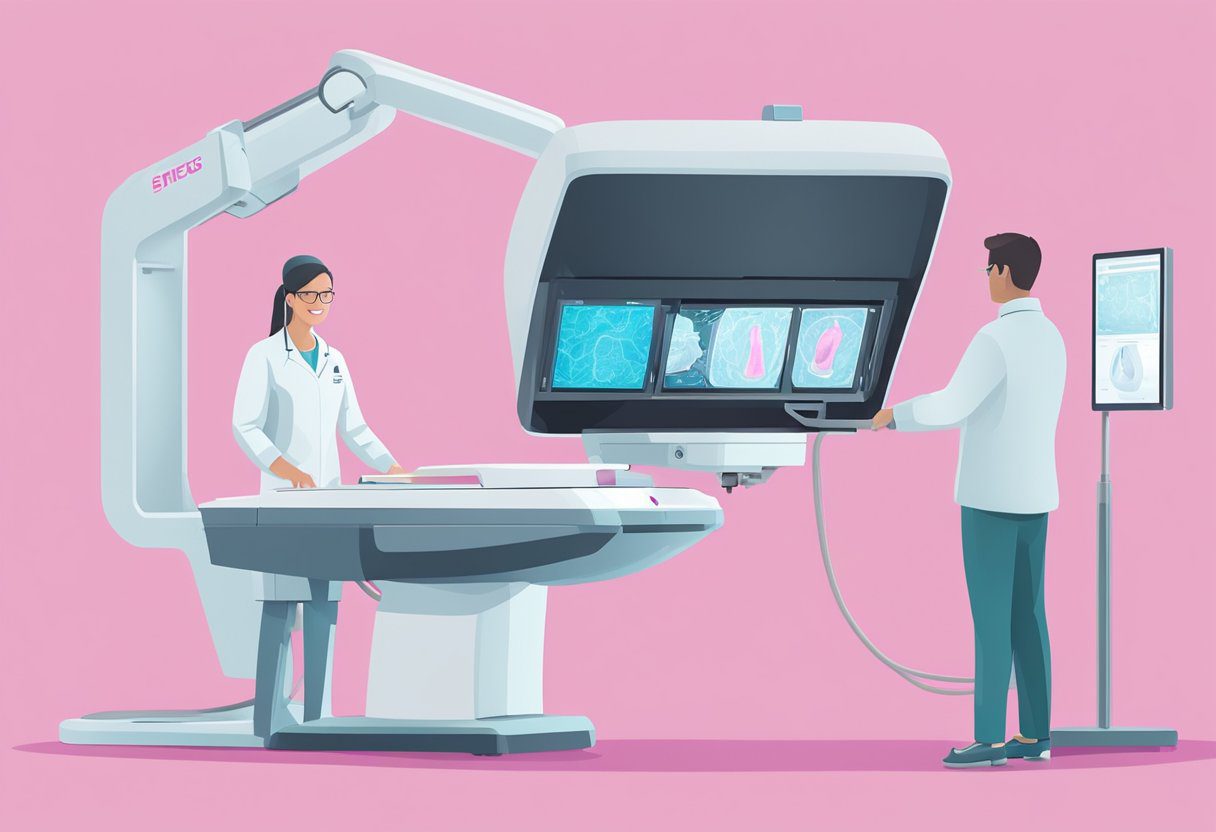
Breast cancer screening technology has come a long way in recent years, with advancements in mammography, magnetic resonance imaging (MRI), and ultrasound. These technologies have improved the accuracy of breast cancer detection, making it possible to detect cancer at an early stage, when it is most treatable.
Digital Mammography and Tomosynthesis
Digital mammography is a type of X-ray that uses digital images to detect breast cancer. It has replaced traditional film mammography in many countries due to its higher sensitivity and accuracy.
Digital breast tomosynthesis (DBT) is a newer technology that uses multiple X-ray images to create a three-dimensional image of the breast. This technology has been shown to improve the accuracy of breast cancer detection, particularly in women with dense breast tissue.
According to a study published in Radiology, DBT has the potential to reduce the number of false-positive results, which can lead to unnecessary biopsies.
Innovations in MRI and Ultrasound
MRI and ultrasound are non-invasive imaging technologies that can be used to detect breast cancer. MRI uses a magnetic field and radio waves to produce images of the breast, while ultrasound uses high-frequency sound waves.
Both technologies can be used to detect breast cancer in women who have dense breast tissue or who are at high risk for the disease. According to the National Cancer Institute, MRI is more sensitive than mammography for detecting breast cancer, but it is also more expensive and time-consuming.
Ultrasound is less expensive and more widely available than MRI, but it is not as sensitive as MRI for detecting small tumors.
Post-Screening Processes
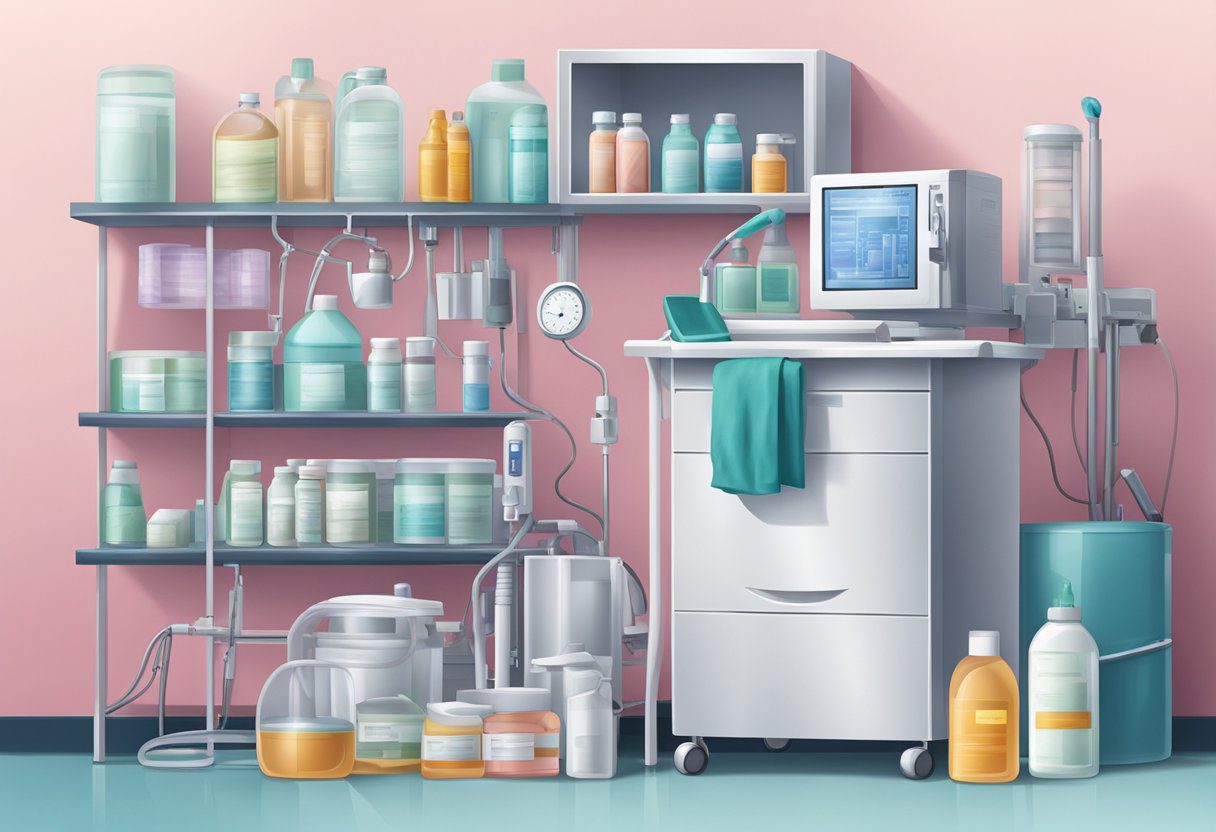
After undergoing a breast cancer screening, it is important to understand the results and follow-up procedures to ensure early detection and treatment if necessary. This section will discuss the post-screening processes that patients may encounter.
Understanding Your Results
The radiologist will interpret the results of the diagnostic tests and determine whether any abnormalities were found. If there are any concerns, the radiologist may recommend further testing or a biopsy to confirm or rule out a cancer diagnosis.
It is important to note that a positive screening result does not necessarily mean a cancer diagnosis. False positives can occur, which is why follow-up procedures are necessary. Additionally, a negative result does not guarantee that a person does not have breast cancer. Therefore, it is important to continue with regular screenings and be aware of any changes in the breast tissue.
Follow-Up Procedures and Biopsy
If the radiologist recommends further testing or a biopsy, it is important to follow through with these procedures. A biopsy involves removing a small sample of tissue from the breast and examining it under a microscope to determine whether cancer cells are present.
If cancer is detected, the patient will work with their healthcare provider to determine the best course of treatment. If cancer is not detected, the patient will continue with regular screenings as recommended by their healthcare provider.
Living with a Diagnosis
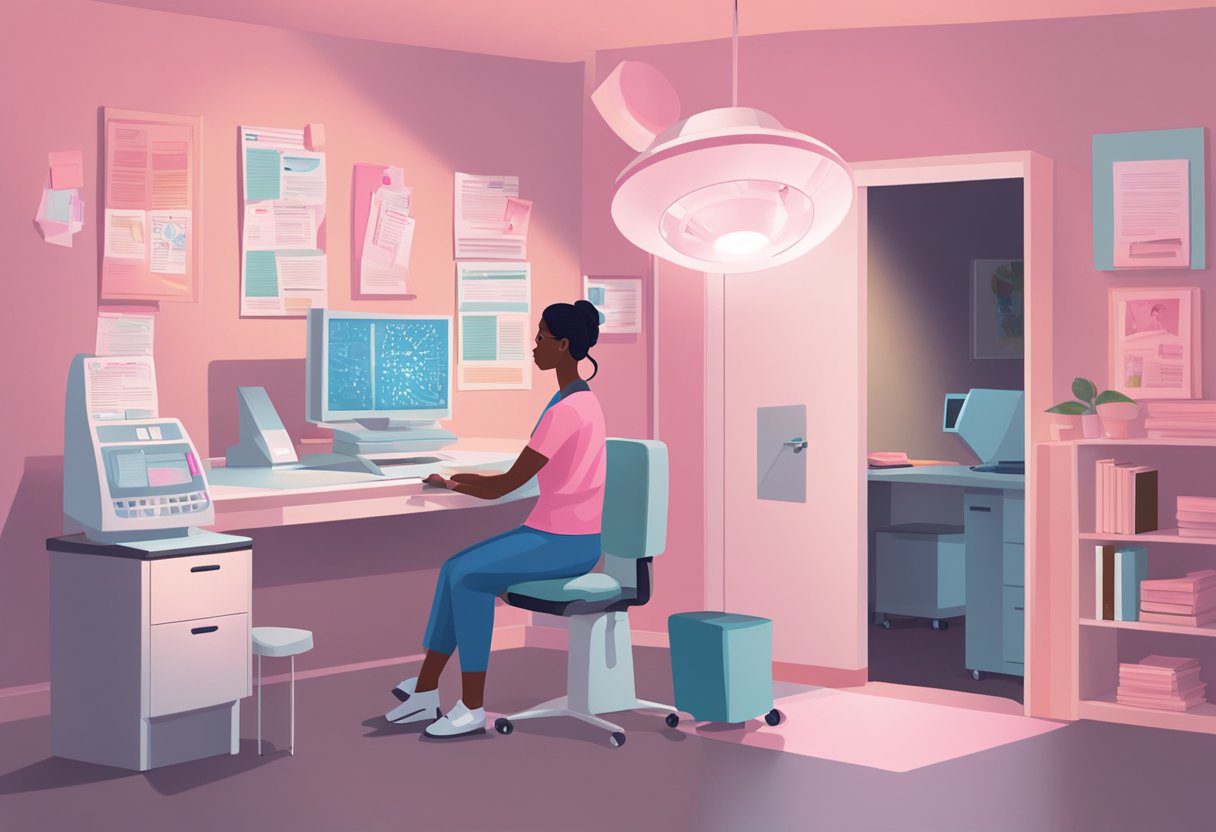
Receiving a diagnosis of breast cancer can be overwhelming and emotional. It is important to remember that there are many treatment options available and support systems in place to help individuals navigate this challenging time.
Treatment Options
The treatment plan for breast cancer will depend on the stage and type of cancer, as well as the individual’s overall health and personal preferences. Treatment options may include surgery, radiation therapy, chemotherapy, hormone therapy, and targeted therapy.
Surgery is often the first step in treating breast cancer. This may involve a lumpectomy, where only the tumor and surrounding tissue are removed, or a mastectomy, where the entire breast is removed. Radiation therapy may be used after surgery to destroy any remaining cancer cells.
Chemotherapy may also be used to kill cancer cells, either before or after surgery. Hormone therapy and targeted therapy may be used for certain types of breast cancer that are hormone receptor positive or HER2 positive, respectively.
Support and Recovery
After treatment, it is important for individuals to continue to receive cancer care and support. This may include regular follow-up appointments with a healthcare provider, as well as lifestyle changes such as maintaining a healthy diet and exercise routine.
Advanced cancer may require ongoing treatment and support. Palliative care can provide relief from symptoms and improve quality of life for individuals with advanced cancer. Hospice care may also be an option for those with advanced cancer who have a life expectancy of six months or less.
Recovery from breast cancer can be a long process, both physically and emotionally. It is important for individuals to have a strong support system in place, including family, friends, and healthcare providers. Support groups and counseling can also be helpful for individuals and their loved ones.
Frequently Asked Questions
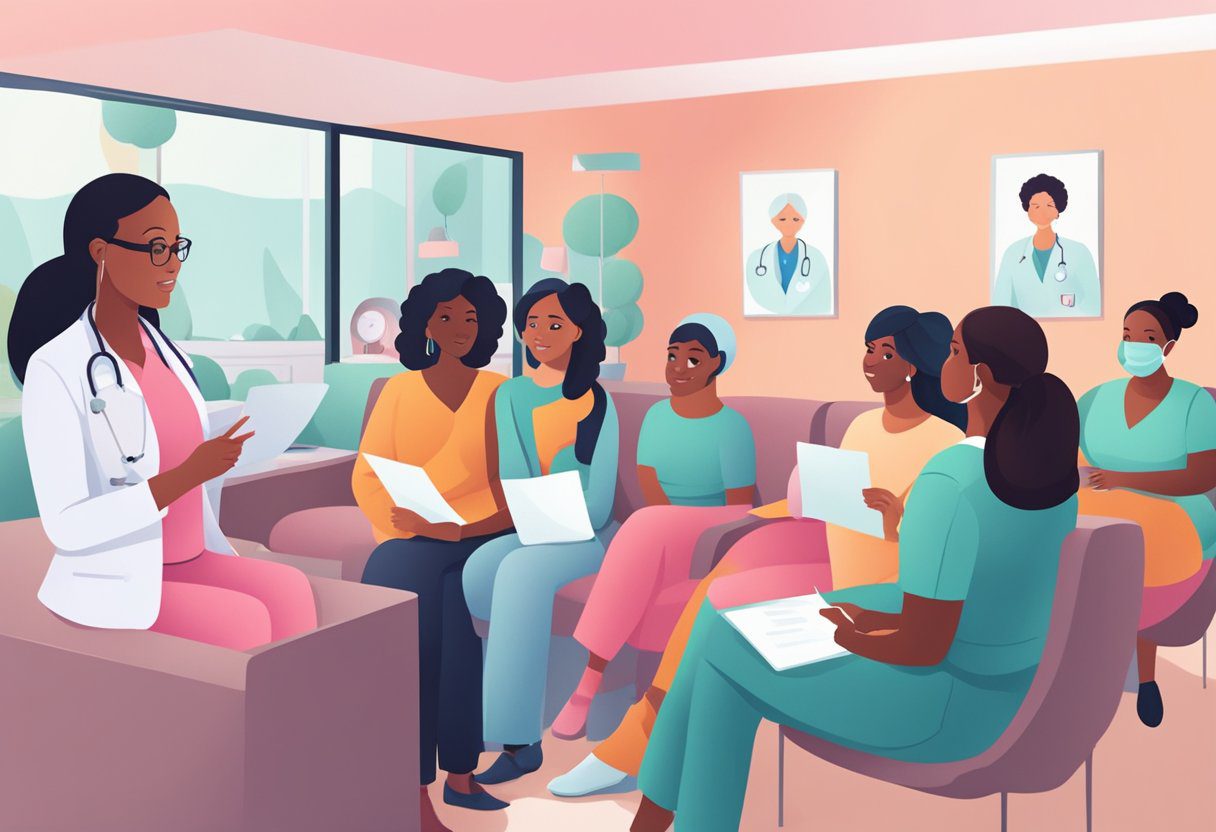
What are the current guidelines for breast cancer screening?
The American Cancer Society recommends that women at average risk of breast cancer start getting annual mammograms at age 45 and can switch to biennial mammograms at age 55. However, women at higher risk of breast cancer may need to start screening earlier and more frequently. It is important to discuss individual risk factors with a healthcare provider to determine the appropriate screening schedule.
At what age is it recommended to begin routine mammograms?
The American Cancer Society recommends that women at average risk of breast cancer start getting annual mammograms at age 45. However, women with a higher risk of breast cancer may need to start screening earlier. The decision to start screening earlier should be made in consultation with a healthcare provider.
What are the recommended breast cancer screening methods?
The most common breast cancer screening method is mammography, which uses low-dose X-rays to produce images of the breast tissue. Other screening methods include clinical breast exams, breast self-exams, and breast MRI. It is important to discuss individual risk factors with a healthcare provider to determine the appropriate screening method.
How does family history impact breast cancer screening recommendations?
Women with a family history of breast cancer may be at higher risk of developing the disease and may need to start screening earlier or undergo additional screening tests, such as breast MRI. It is important to discuss individual risk factors with a healthcare provider to determine the appropriate screening schedule.
What are the USPSTF’s recommendations for breast cancer screening?
The United States Preventive Services Task Force (USPSTF) recommends that women at average risk of breast cancer start getting biennial mammograms at age 50 and continue until age 74. However, the decision to start screening earlier or continue screening beyond age 74 should be made in consultation with a healthcare provider.
How often should one undergo breast cancer screening?
The frequency of breast cancer screening depends on individual risk factors.
Risk factors include age, family history, and personal medical history.
Women at average risk of breast cancer should start getting annual mammograms at age 45. They can switch to biennial mammograms at age 55.
Meanwhile, women with a higher risk of breast cancer may need to start screening earlier and more frequently.
It is important to discuss individual risk factors with a healthcare provider to determine the appropriate screening schedule.